You'll be most likely to find cardboard in the form of discarded boxes. To start, remove any tape or staples from your boxes. Then cut one of the corners so your box opens into a flat piece. Overlapping the seams generously helps prevent seeds and grass from being able to exploit the seams. When you have covered your desired area thoroughly with cardboard, cover it with organic material, at least 6" deep, with an amount of material that will cause the cardboard to conform to the soil contours, block the light, and prevent whatever is there now from continuing to grow. Water this area well, repeat monthly as possible where it's not frozen at the time, if it hasn't rained significantly.
Organic material for the purposes of our gardening discussion is anything that was made by nature, and should return thereto. You can use grass from lawnmower bag if you've mowed before the grass has seeds, leaves, chipped wood, or shredded mulch (not dyed, treated, or painted, just shredded wood), pine needles, small shrub trimmings, kitchen scraps, shredded paper, sawdust from untreated wood, pulled weeds that don't yet have seeds - whatever is available. By putting a wide variety of OM on your new garden, the results will be better and add a wider variety of micronutrients to the soil as they decompose. By spring, the cardboard should be decomposed and the soil underneath should be noticeably darker on top, the organic matter significantly thinner.
Whatever is growing on the other side of your smother area, your chances of long-term success and satisfaction will be much better as far as keeping unwanted plants out if your garden has some type of border. You can use landscape timbers, any kind of bricks or pavers, plastic edging, or other methods. A neat edge usually has more visual appeal and is easier to weed-wacker around. When mowing nearby, aim the chute away from your garden area if grass or other plants have any seeds.
Once smothered, your new garden area is pristine. Nothing is growing there. Digging a hole to plant something can cause a buried seed to be able to sprout, so keep an eye around the bases of plants you add the next year. Any greenery that looks different is something you didn't plant, so you'll know to pull it out. If you are trying to garden under or directly down-wind of a tree that drops seeds, they will sprout in your new garden. Most veggies and pretty summer annuals like a spot where the sun shines on it without shadows for most of the day. Smothering will work best where only soft, greenery is growing. If you have baby trees or other strong woody entities, you may need to remove those first to be successful with smothering. Sticks, stumps, pinecones, or other object that will poke through the cardboard before it is decomposed will create holes that roots or seeds may be able to exploit. Although seeds for unwanted plants can blow around in the wind, and be carried around by wildlife or accidentally by gardeners, it's easier to garden where falling seeds are less plentiful. Consider factors like these when choosing a location.
If your grass is a creeping kind, it is necessary to sever all around the edges of your new garden, down to about 5". Otherwise, the many roots under the smother that are connected to greenery and more roots outside of the new garden area will stay alive under your smother and pounce on any opportunity to send foliage up into your new garden.
As your layer of OM deteriorates, augmenting it with more mulch, compost, or other OM of your choosing will help keep your soil from drying too quickly in times of less rain, and from being too soggy in times of more rain, and moderate temp swings that exposed soil can experience. This is usually easier to do between fall to spring if you live where winter will cause your garden to be bare for part of the year. The sooner you do it after your plants are down for the season, the better.
Just starting to smother. If there is any warm season left after you setup your smother area, or don't feel like it's ready yet in the spring, you can sit potted plants there.
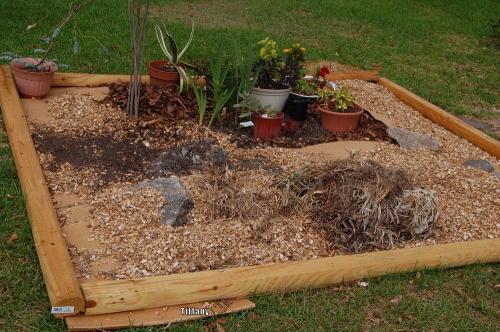
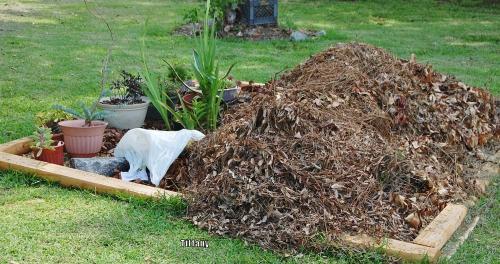
July:

September, rapid decomposition:
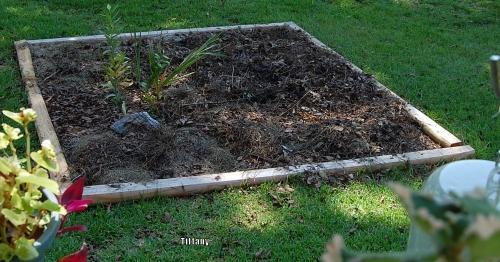
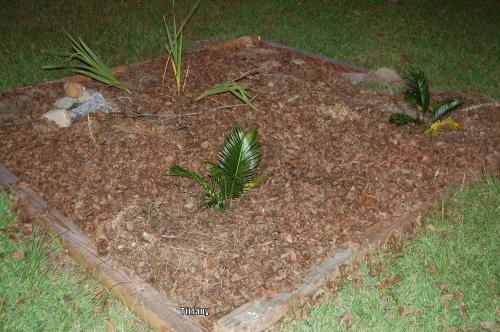
Another way to kind of cheat is to leave a baby pool sitting in the same spot long enough. You'll have a perfect little circle of dead grass. Weigh it down so it doesn't disappear in a storm, and poke a few holes so you don't end up with a mosquito farm. You can use the baby pool filled with soil AS a garden if you want to. By far, the cheapest pot option per cubic foot that one can buy.
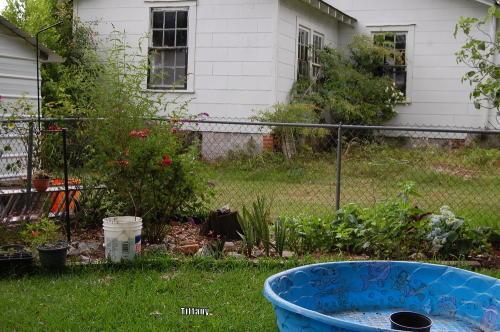
Corners.
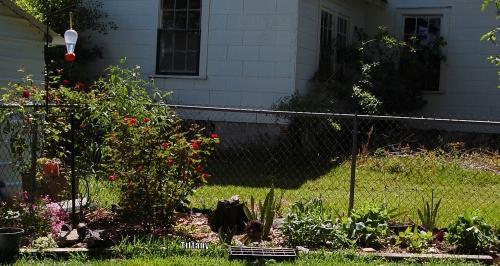
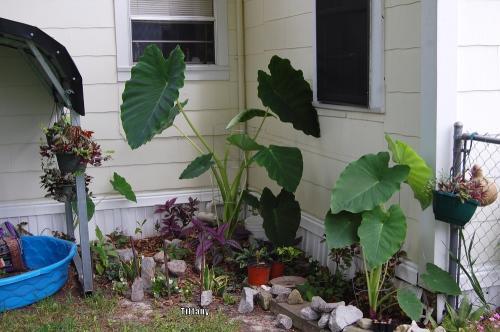
Even a small spot with plants that bring you joy can have a big impact.
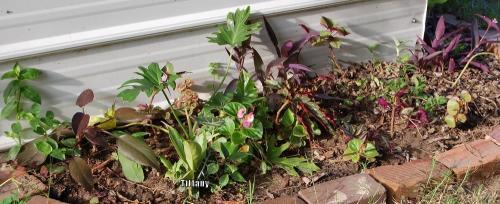
Using other materials in part of the smother area until more organic matter generates.
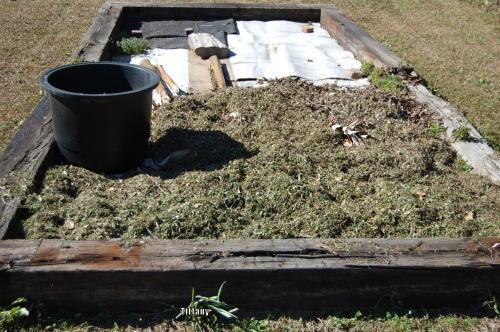
Cardboard can conform to any shape or size.

If you're confident that you have some dirt without seeds in it, you can put dirt on the cardboard, but you won't get the wonderful benefits of the organic matter that increase exponentially over time when soil is kept covered.

Your border doesn't have to be low. You can go up as high as you want, and add raised areas.
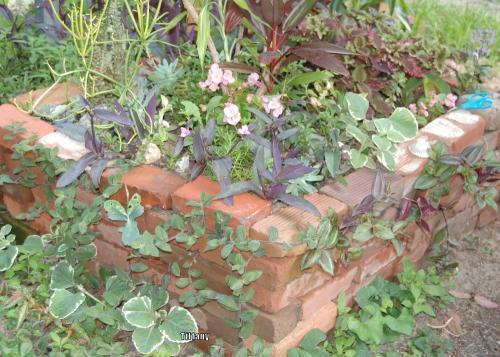
| Thread Title | Last Reply | Replies |
|---|---|---|
| Another new smother spot by purpleinopp | Apr 12, 2022 2:42 PM | 1 |
| Great Info by blue23rose | Nov 26, 2021 7:47 AM | 4 |
| Crazy Worms (Amynthas agrestis) by annieswales | Nov 22, 2021 10:09 AM | 2 |